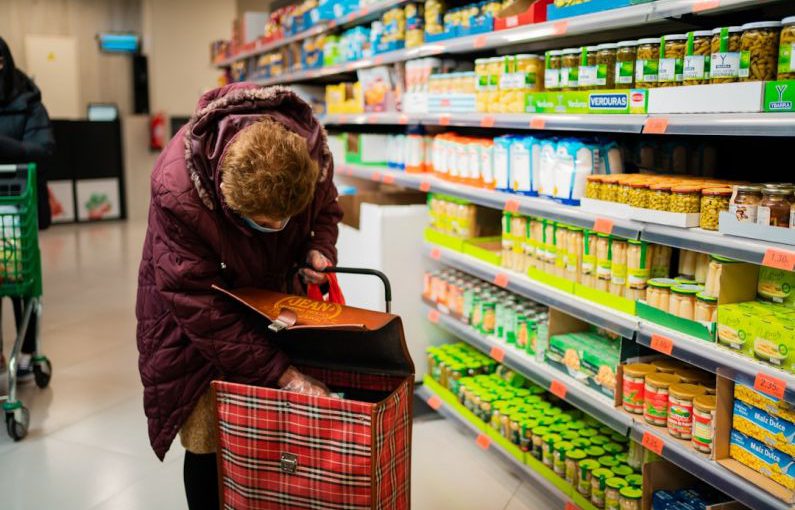The landscape of grocery shopping is undergoing a transformation like never before, with technological advancements paving the way for a future that promises convenience and efficiency. Unmanned supermarkets and shopping robots are at the forefront of this revolution, reshaping the way we procure our daily essentials. From automated checkout systems to robotic assistants, these innovations are set to redefine the grocery shopping experience for consumers worldwide.
The Rise of Unmanned Supermarkets
Unmanned supermarkets, also known as cashierless stores, are becoming increasingly popular due to their ability to streamline the shopping process. These stores eliminate the need for traditional checkout counters and cashiers, allowing customers to simply grab their items and walk out without waiting in line. Powered by cutting-edge technologies such as sensors, cameras, and artificial intelligence, these stores track customers’ selections and automatically charge their accounts upon exit.
One of the most well-known examples of an unmanned supermarket is Amazon Go, which has revolutionized the concept of convenience shopping. With a network of cameras and sensors, Amazon Go stores track customers as they move through the store, enabling a seamless shopping experience. This model has inspired other retailers to explore similar concepts, signaling a shift towards a future where traditional checkout lines may become a thing of the past.
Shopping Robots: The Future of Assistance
In addition to unmanned supermarkets, shopping robots are also gaining traction as a means of enhancing the grocery shopping experience. These robots are designed to assist customers with various tasks, from guiding them to specific items in the store to carrying their purchases to the checkout counter. Equipped with advanced navigation systems and artificial intelligence capabilities, these robots offer a level of personalized service that was previously unimaginable.
Companies like Simbe Robotics have developed robots such as Tally, which roam the aisles of supermarkets, scanning shelves to ensure that products are stocked correctly and in the right place. By automating inventory management tasks, these robots help retailers improve efficiency and reduce the likelihood of out-of-stock items. As the technology continues to evolve, we can expect to see more robots taking on additional roles in the grocery shopping process, further enhancing the overall customer experience.
The Impact on Traditional Retail
The emergence of unmanned supermarkets and shopping robots is poised to have a significant impact on traditional retail models. With e-commerce giants like Amazon leading the charge in developing cashierless stores, brick-and-mortar retailers are facing increased pressure to innovate and adapt to changing consumer preferences. As more customers seek out the convenience of unmanned supermarkets and personalized service offered by shopping robots, traditional retailers will need to find ways to differentiate themselves and stay competitive in a rapidly evolving market.
One potential strategy for traditional retailers is to embrace technology and integrate it into their existing stores. By implementing automated checkout systems and deploying shopping robots to assist customers, these retailers can enhance the shopping experience and attract tech-savvy consumers. Additionally, by leveraging data analytics and artificial intelligence, retailers can gain valuable insights into customer behavior and preferences, allowing them to tailor their offerings and marketing strategies to better meet the needs of their target audience.
Looking Ahead: A Seamless Shopping Experience
As we look to the future of groceries, it is clear that unmanned supermarkets and shopping robots will play a central role in shaping the way we shop. With their ability to streamline the shopping process, enhance customer service, and improve efficiency, these innovations are set to revolutionize the retail landscape in the years to come. By embracing these technologies and adapting to changing consumer expectations, retailers can position themselves for success in an increasingly digital world.
In conclusion, the future of groceries is bright, with unmanned supermarkets and shopping robots offering a glimpse into a more convenient and personalized shopping experience. As technology continues to advance, we can expect to see further innovations that will redefine the way we procure and consume our daily essentials. By embracing these changes and leveraging technology to enhance the customer experience, retailers can stay ahead of the curve and meet the evolving needs of their customers in the years to come.





